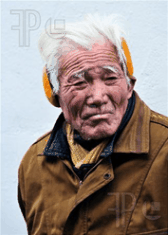
A couple of weeks ago I published an article, China will grow old before it gets rich, which questioned whether China’s rapid economic development could continue in the face of a rapidly ageing population as the “One Child Policy” comes back to bite.
This article contained numerous comparisons with Japan’s economy, which was the toast of the world in the mid-to-late 1980s, but hit the wall from 1991 when its joint property and stock market bubbles collapsed and its working population began to shrank.
China, which is facing an equally pervasive property bubble, happens to have very similar demographics to that which existed in Japan two decades prior, as shown by the following graphics.
First, the population pyramids of Japan in 1990 versus China in 2010 are remarkably similar:
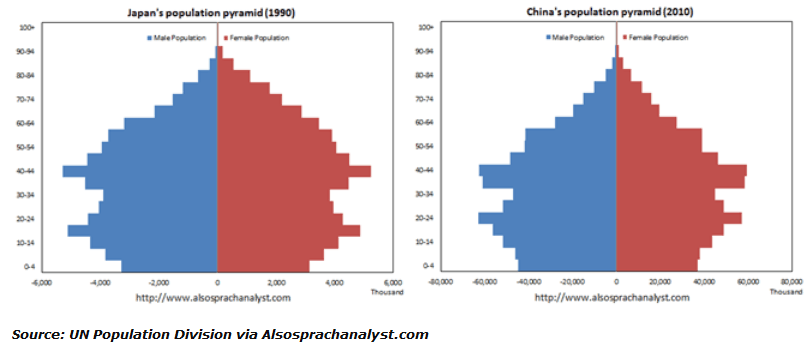
Second, Japan’s dependency ratio in the 1990s – i.e. the ratio of the non-working population, both children (< 20 years old) and the elderly (> 65 years old), to the working age population – is very similar to China’s in 2010:
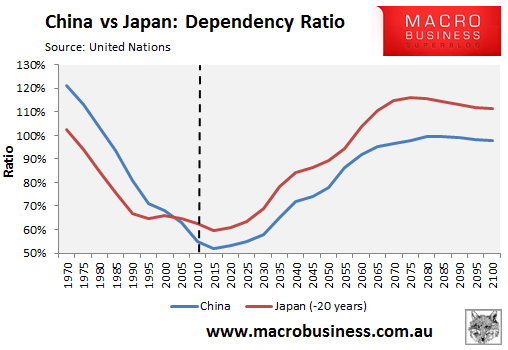
As are the the profiles of the number of working age people per dependent:
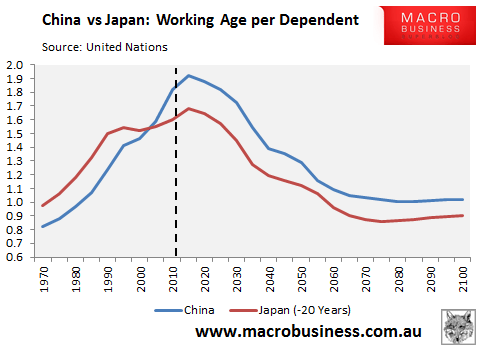
Yesterday, via Zarathustra, Michael McDonough of Bloomberg Brief looked at the effects of ageing on nominal GDP growth in various Japanese prefectures. The results speak for themselves:
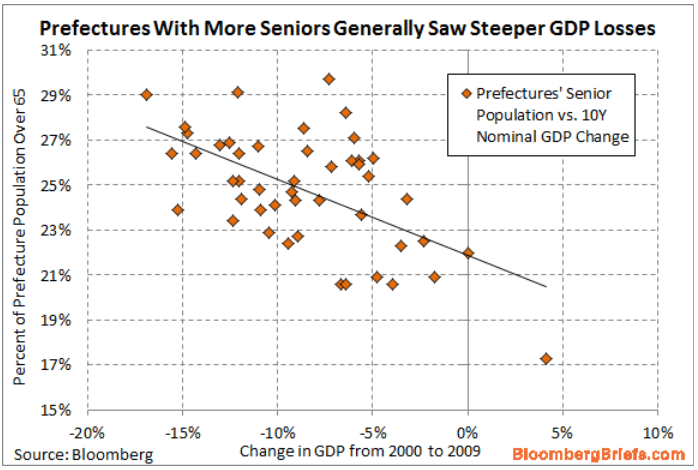
Only one prefecture (Okinawa) is showing positive growth. As noted last time, a major difference between China and Japan is that Japan was a very wealthy country when its demographic time bomb exploded, with per capita incomes exceeding that of most other Western nations. By contrast, China’s per capita income is currently well below those of the West, which will make the transition to an ageing society all the more diffcult.
Twitter: Leith van Onselen. Leith is the Chief Economist of Macro Investor, Australia’s independent investment newsletter covering trades, stocks, property and yield. Click for a free 21 day trial.

